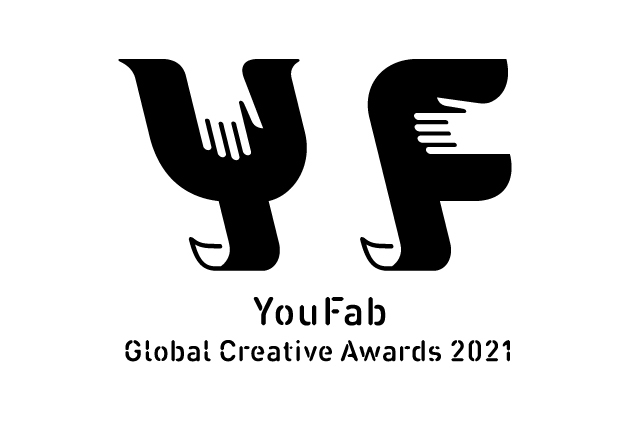-
作品タイトル(日本語)
ツナギプロジェクト
-
作品タイトル(英語)
tu na gi project
-
制作物のコンセプトを記載してください。
「なにも無駄にしない」 をコンセプトに材料ロスをゼロにする。 この大きな目標に向けて 「tu na gi project」 を立ち上げた背景には目を背けれない現実があったからです。ニット製品を編む際に必ず少しだけ残る糸があり、それを 「残糸(ざんし)」 と呼んでいます。 同じ色でも染色ロットの色差や風合いの差は必ず生じるため、製品を編む時は混ぜる事が出来ず廃棄されます。 残糸は生産ロスとして3~5%を計上しており年間で約100kgとなり、革新的な技術(ホールガーメント編み)を用いた製造工程においても廃棄処分される材料は無くなりません。それらをゴミとして廃棄せず、何かに使えないか ・ ・ ・ そんな思いから 「tu na gi yarn」 が生まれました。 「tu na gi yarn」 は廃棄処分される原料を1本1本特殊な機械で繋ぎ合わせ単体では生産出来ないカラフルな糸に再生させます。 「tu na gi project」 とは日常的に糸と糸を繋ぐ作業、限られた資源を何かに繋ぐ行動と思想から生まれたブランドです。 「繋ぐ」 という言葉の意味を考え、ヒト・モノ・コトに新しい出会いが生まれるデザイン活動を広げていきます。つくる側の責任として地球環境への配慮と、次世代のための環境づくりに貢献し、 限りある資源を無駄にせず、廃棄物に新しい価値を創造します
-
制作物のコンセプトを記載してください。(英語)
Zero material loss based on the concept of "do not waste anything". The reality behind the launch of the "tu na gi project" toward this big goal was that we couldn't turn our eyes away. When knitting knit products, there is always a small amount of thread left, which is called "residual thread". Even if the color is the same, there will always be differences in the color and texture of the dyeing lot, so when knitting the product, it cannot be mixed and is discarded. Residual yarn accounts for 3 to 5% as a production loss, which is about 100 kg per year, and even in the manufacturing process using innovative technology (WHOLEGARMENT knitting), there is no waste of material to be disposed of. Isn't it possible to use them for something without disposing of them as garbage ... That's why "tu na gi yarn" was born. "Tu na gi yarn" connects the raw materials to be disposed of one by one with a special machine and regenerates them into colorful yarns that cannot be produced by themselves. "Tu na gi project" is a brand born from the work of connecting threads on a daily basis, and the actions and ideas of connecting limited resources to something. Considering the meaning of the word "connect", we will expand our design activities to create new encounters with people, things, and things. It is the responsibility of the creator to contribute to consideration for the global environment and the creation of an environment for the next generation, to create new value for waste without wasting limited resources.
-
作品の素材・仕様
レディス M/L/XL メンズ M/L/XL 絹:100% 絹の種類は当社が国内外で採用されている絹紡起毛糸 「KOHARU」 から再生された 「tu na gi yarn」 を使用。 一般的に春夏素材の絹ですが、糸起毛を施すことで肌触りの向上と空気を含みやすくなり軽くて暖かい素材に変身しました。とてもなめらかでやわらかく、カシミヤを凌駕する素材です
-
作品の素材・仕様(英語)
Ladies' M / L / XL Men's M / L / XL Silk: 100% The type of silk used is "tu na gi yarn" regenerated from the silk-spun yarn "KOHARU" that we use in Japan and overseas. Generally, silk is a spring-summer material, but by applying brushed threads, it has been transformed into a light and warm material that improves the feel and makes it easier to contain air. Very smooth and soft, it is a material that surpasses cashmere.
-
作品のリファレンスURL
-
作品の映像URL
https://youtu.be/IMlEpTg2D8c
-
公式サイト、もしくはSNSのURL
https://www.hsgwc.co.jp/
-
特別賞のテーマにどう作品が関連しているか説明文を記載
「tu ma gi project 」 は新しいプロダクトと伴走しながら地球環境を配慮した循環型デザインを目指しています。 「tu na gi yarn」 は副産物として廃棄される糸 「残糸」 を原料としており、それらの糸を無作為に繋ぎ合わせ横編み専用の糸として蘇らせます。約100本の残糸を無作為に繋ぐため結び目が多く欠点になりますが、特殊結び機を使用する事で糸としての品質基準を克服しました。1コーン内の色は全て違い、編む時に出てくる色もバラバラです。プルオーバーを編む際 「tu na gi yarn」 を6本同時に使うため編まれた製品はどれも明るくカラフルで、世界に一つしかない一点物です。廃材の量は常に一定でなく、年2回(春・秋)の回収量によって生産量は変動します。 「tu na gi project」 は糸メーカーHASEGAWAにしか出来ない糸を繋ぎ合わせる技術力と、製品が作れる自社環境によって廃棄材料に新しい価値を創造し、新しいアプローチで製品を生み出すCirculation Designです。
- 76
tu na gi project
「なにも無駄にしない」をコンセプトに材料ロスをゼロにする。 この大きな目標に向けて 「tu na gi project」 を立ち上げました。1本1本の残糸を繋いで再生された 「tu na gi yarn」 は環境負担を減らす方法の1つです。限りある資源を未来に繋ぎ 、循環型社会に貢献します。


